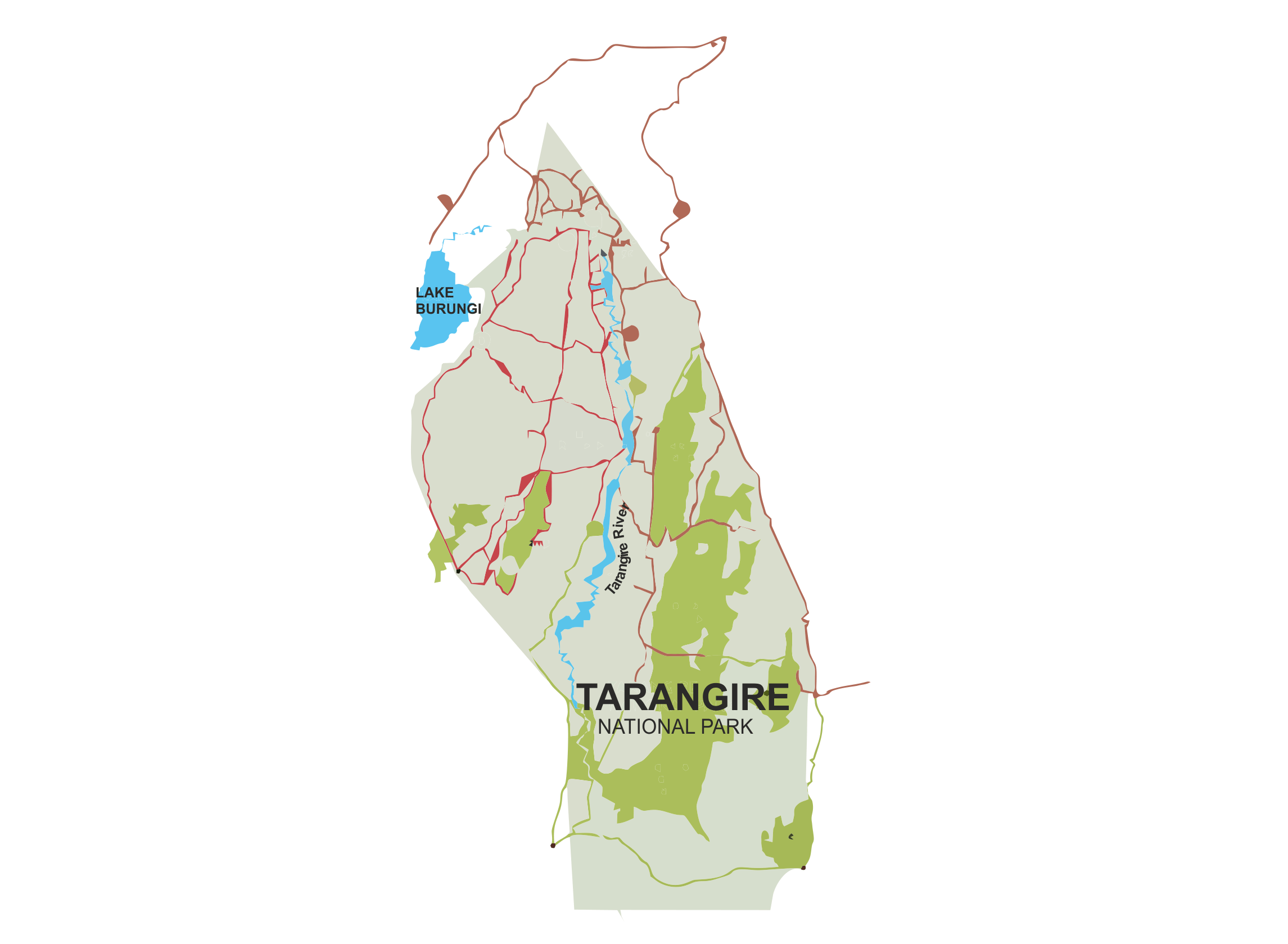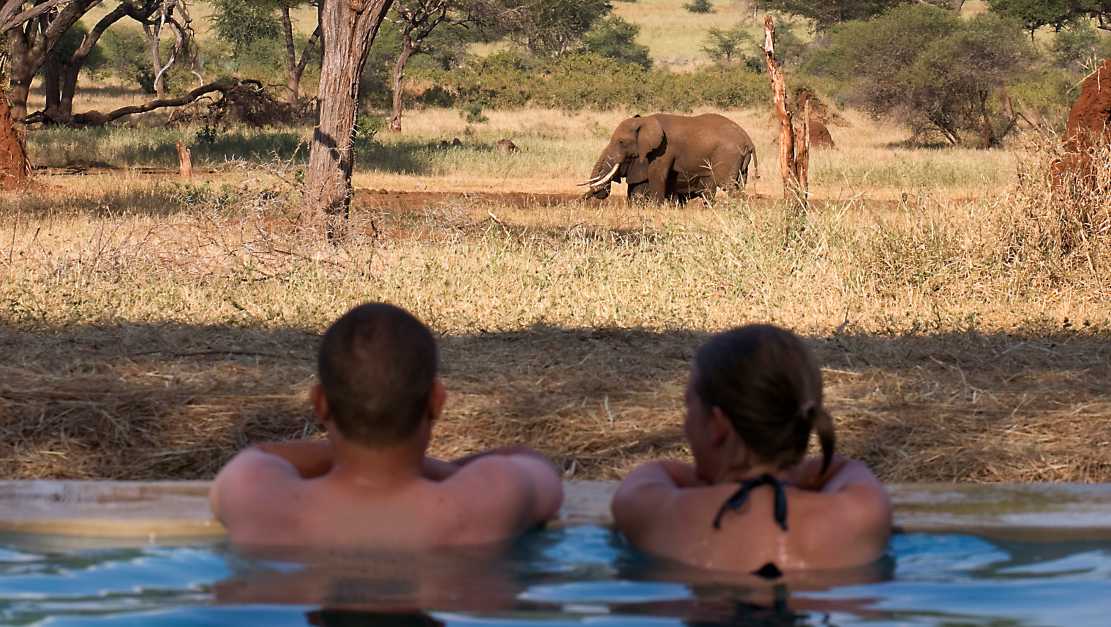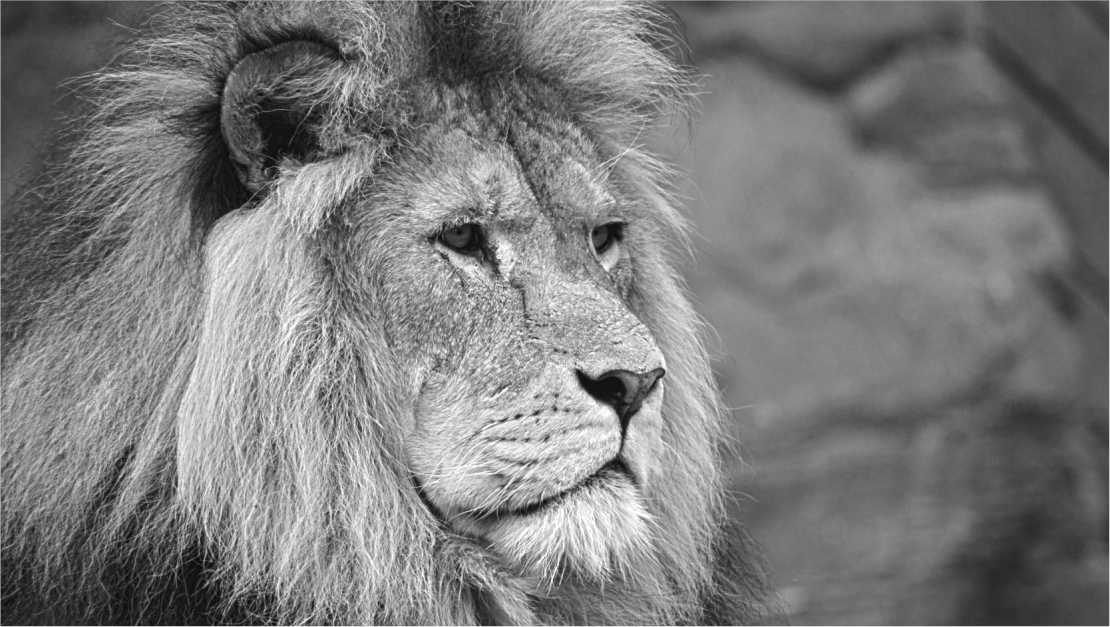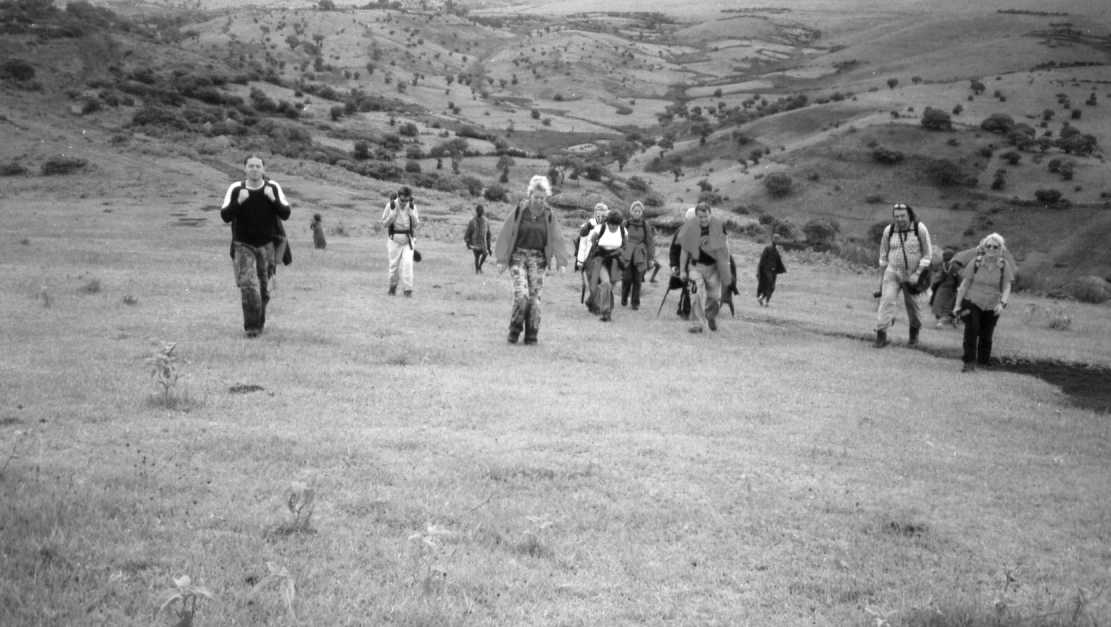
Tarangire National Park
Named after the Tarangire River which crosses through the park, Tarangire is Tanzanian’s sixth largest national park. Travelers can anticipate encountering a range of different wildlife, including over 550 bird species, as they journey along the river’s course. The dry season in Tanzania may cause rivers to dwindle and grasslands to turn yellow, yet the Tarangire River continues to flow. When other water sources run dry, hundreds of thousands of animals embark on a march to reach this lifeline, affording travelers the opportunity to witness the largest congregations of wildlife during this arid season. Throughout the year, Tarangire plays host to Tanzania’s most substantial elephant herds and lies along the path of the wildebeest migration. It is, without a doubt, a paradise for bird enthusiasts, with its swamps harboring the world’s largest concentration of breeding birds, including the imposing Stockingthighed Ostrich. Regardless of the season, Tarangire remains a magnificent destination, boasting diverse landscapes and rich vegetation that promise an unforgettable experience for all who visit.

DETAILS:
Day after day, the relentless sun scours the landscape, turning the earth a parched, dusty red and leaving the once-lush grass as brittle as straw. The Tarangire River, a mere shadow of its former self during the wet season, now struggles to flow, choked with an abundance of wildlife. Thirsty wanderers have journeyed hundreds of arid kilometers, knowing that here, water always awaits.
This park spans 2,600 square kilometers (1,005 square miles) and hosts incredible gatherings of animals. Up to 300 elephants can be found scraping the dry riverbed in search of hidden underground streams. Migratory wildebeest, zebra, buffalo, impala, gazelle, hartebeest, and eland crowd around the diminishing lagoons, forming the most significant concentration of wildlife outside the Serengeti ecosystem. It’s a paradise for predators and a unique habitat in Tanzania where dry-country antelopes like the graceful fringe-eared Oryx and the peculiar long-necked gerenuk are frequently spotted.
During the rainy season, seasonal visitors spread over a vast landscape until the green plains are exhausted, and the river beckons once more. However, whether wet or dry, Tarangire’s elephant herds are easily encountered. The year-round green-tinged swamps are home to 550 bird species, boasting the highest number of breeding species in a single habitat worldwide.
On drier terrain, you can observe the hefty Kori bustard, the largest flying bird, and the stocky-thighed ostrich, the world’s largest bird. Additionally, you may come across ground hornbills reminiscent of turkeys in small groups. Keen bird enthusiasts might spot colorful yellow-collared lovebirds, along with the somewhat less dazzling rufous-tailed weaver and ashy starling, all native to the dry savannah of north-central Tanzania.
Disused termite mounds are often inhabited by endearing dwarf mongoose colonies, as well as pairs of red-and-yellow barbets that stand out with their loud, clockwork-like duets. In Tarangire, pythons, lions, and leopards are known to climb trees, occasionally resting in branches where the fruit of the sausage tree conceals the flicker of their tails.
WHAT TO EXPECT ON A TYPICAL SAFARI DAY:
At Memorable Safari, we offer flexible game drives from 6 am to 6 pm. Your itinerary aligns with designated game drive areas, adhering to park regulations. You can choose to start early or enjoy a leisurely breakfast on different days. In some parks, early mornings and late afternoons are ideal for wildlife viewing. We recommend early game drives in Serengeti & Ngorongoro with packed meals. Each evening, plan the next day with your guide based on wildlife and weather. Patience in observing animal behavior is encouraged. We tailor your safari to your interests, ensuring an exceptional experience that surpasses your expectations. For more information on what to expect and what to pack check out our Travel Guide.








